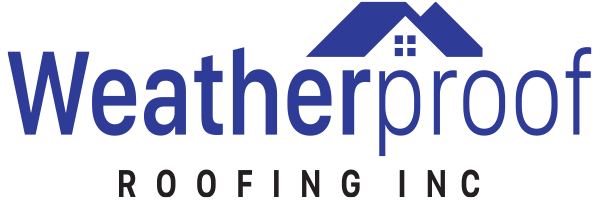3 Common Eavestrough Problems
An eavestrough system is a structure that channels rainwater and snow runoff away from roofs. It’s composed of several components, including:
Eavestroughs or gutters: horizontal troughs that collect rainwater
Fascia: the roof edge where eavestroughs are attached
Gutter guards: filters to protect gutters from debris that can cause clogging
Downspouts: vertical pipes leading to the drainage system
In these systems, water travels through eavestroughs or gutters down the downspouts and into a storm or other type of drain. This in turn protects your roof and home from water damage. However, like all systems and structures, eavestroughs are vulnerable to damage and general issues. Some of the most common issues eavestroughs face include joint separation, chronic leaking, and clogged gutters.
Joint Separation
Debris accumulation, clogs, and weight from water can cause gutters to loosen and separate from their joints over time. Recurrent clogs can make an eavestrough system especially vulnerable to gutter joint separation. Moreover, joint separation can lead to debris accumulation, clogs, and leaks. Gutter sections that separate from their joints must be reattached using rivets. However, you’ll likely need an eavestrough Edmonton specialist like Weatherproof Roofing to ensure your gutters are securely and properly reattached.
Chronic Leaking
For many roof systems, there’s little worse than chronic leaking. Leaks that begin in the eavestroughs can cause water damage to your roof, interior and exterior walls, and even your foundation. Water damage can also cause mold and mildew formation. If neglected, even pinhole leaks can grow into a major problem that can only be fixed with a roof replacement. However, regular maintenance and investigation of even the smallest leaks can help you avoid this type of disaster. During maintenance or an inspection, you might uncover issues that could cause chronic leaking in eavestroughs, such as:
Cracks and/or holes in the gutters and their fasteners
Improper drainage
Loose fasteners
Debris accumulation that block the drainage path
Clogged Gutters
Clogged gutters are perhaps the most common eavestrough problem. Unfortunately, gutters without gutter guards are incredibly vulnerable to clogs. They’re often adorned with sticks, branches, leaves, and other debris that fall from nearby trees or are blown there by the wind. Some clogged gutters even experience plant growth. Insects are also common visitors who can prevent water from properly flowing through and draining from eavestroughs. If the water can’t flow through gutters properly, the system will become clogged. Clogged gutters collect stagnant water that builds up over time and eventually flows over the fascia boards and rear edge. Overflows cause damage to the roof and fascia, as well as cracks and leaking.
